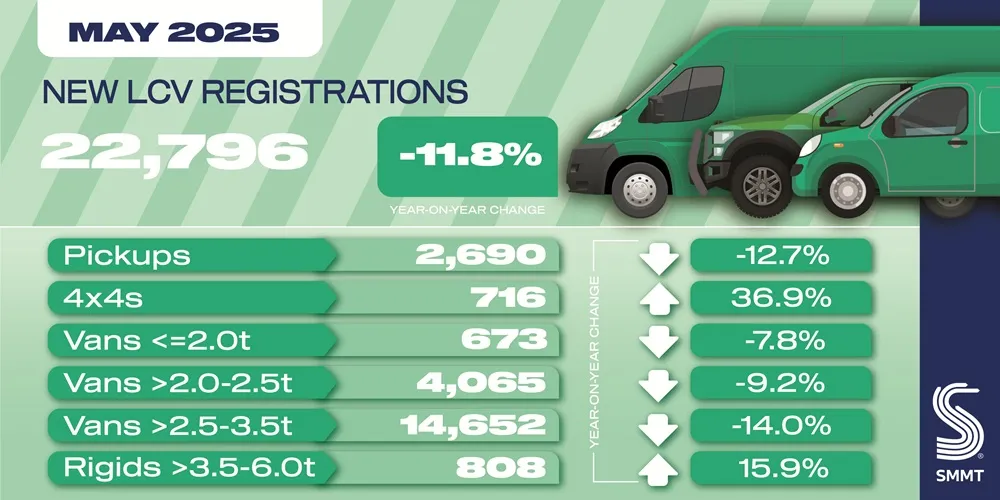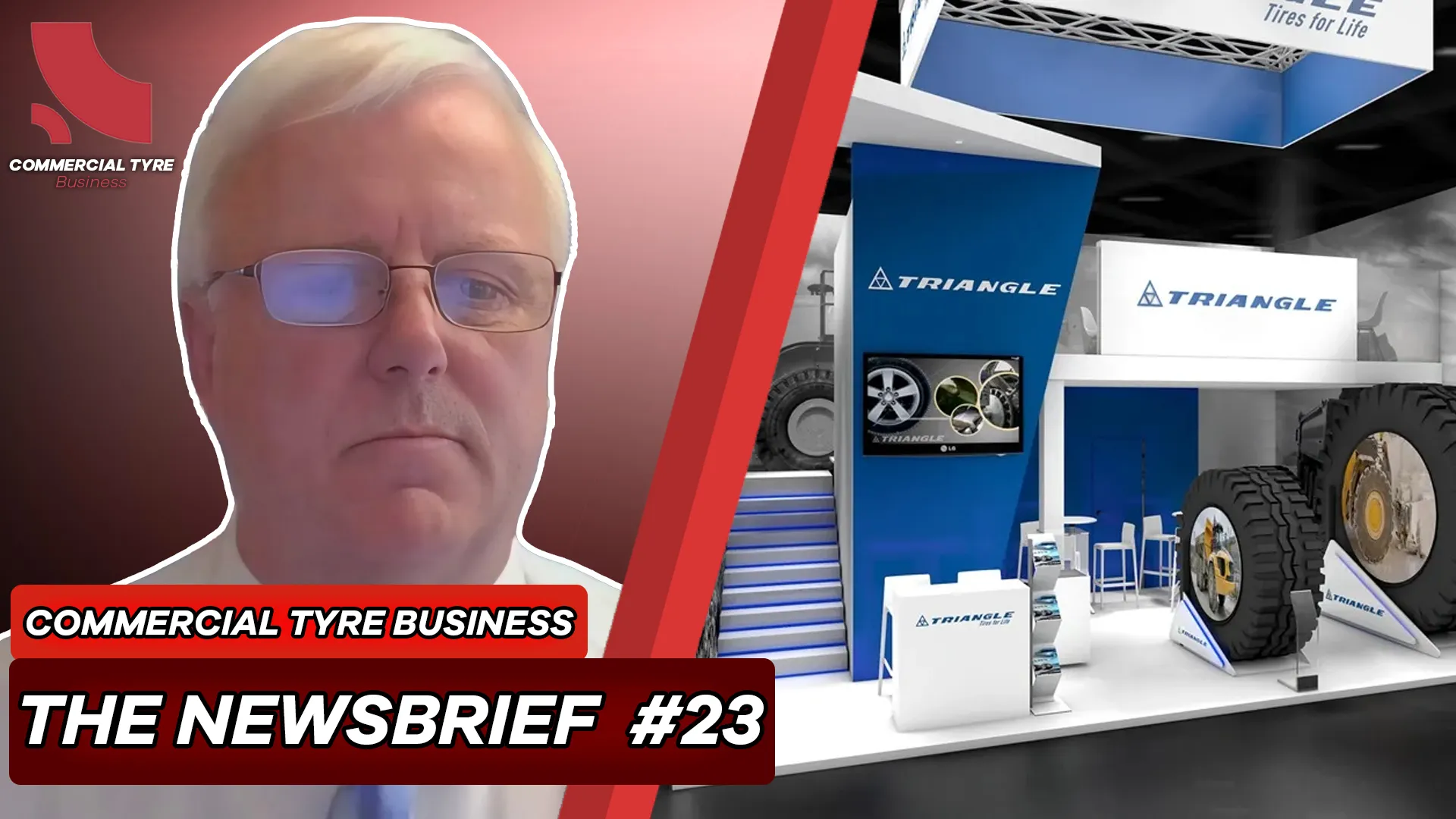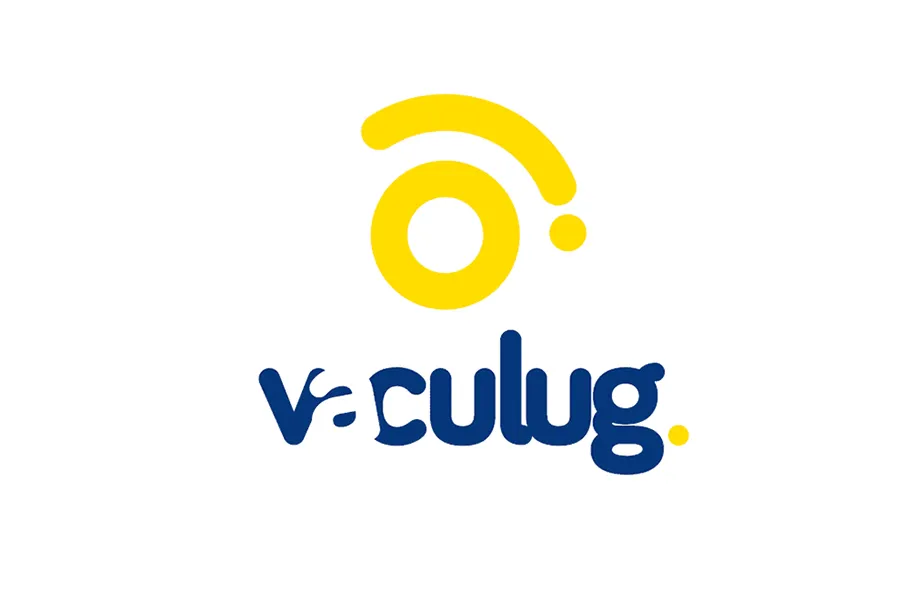In September we were able to carry out an in-depth interview with Guy Heywood, Hankook’s Marketing and Strategy Director for TBR in Europe about how Hankook have tried to maintain stability in the market during the pandemic, their future direction, as well as the challenges commercial tyre dealers and retreaders will face in the future.
Hankook’s Marketing Strategy Explained
Starting with how the Covid-19 crisis has affected the industry, Heywood was quick to explain that the pandemic has had a profound effect on the mobility industry. With the lockdown affecting transport in general...
Hankook’s Marketing Strategy Explained
Starting with how the Covid-19 crisis has affected the industry, Heywood was quick to explain that the pandemic has had a profound effect on the mobility industry. With the lockdown affecting transport in general...








